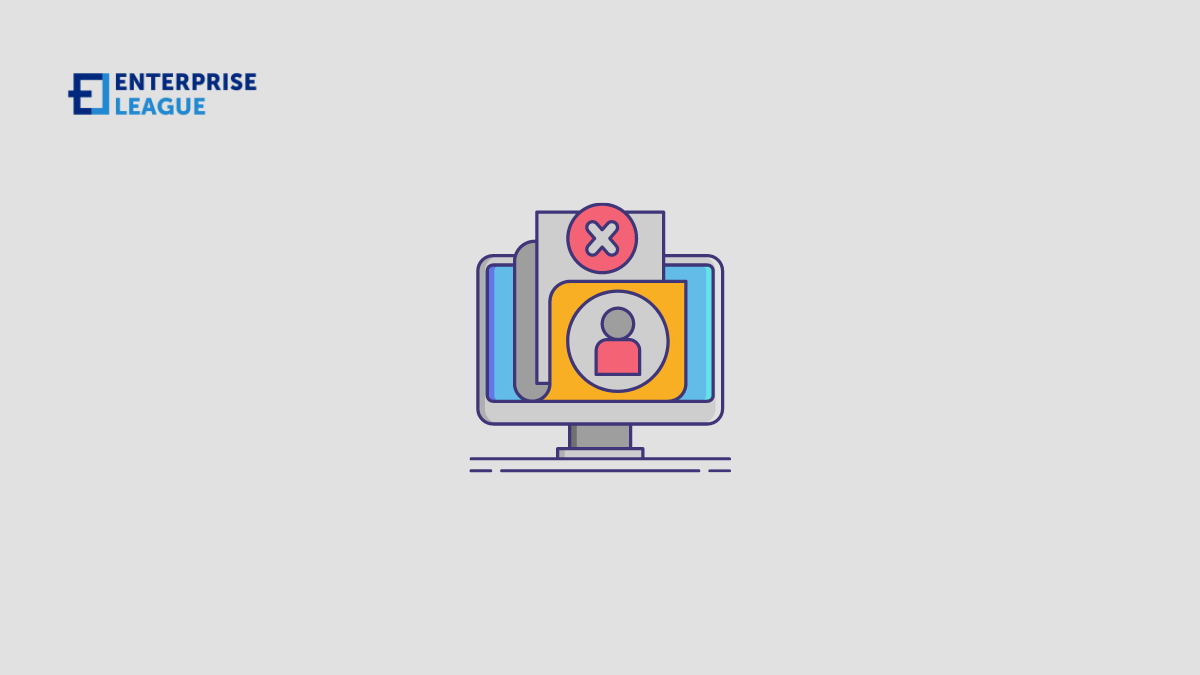Businesses of all sizes can become a target of cybercriminals. Some ransomware gangs are unafraid to target Apple, Fujifilm, and even Ireland’s health service. At the same time, many choose small and medium-sized businesses (SMBs) as their target.
The vast majority of businesses use the internet for their operations. It opens numerous investment opportunities and helps with work organization. Many businesses that functioned offline were forced to adopt e-commerce during the Covid-19 pandemic.
The rapid business migration to online spaces posed new challenges. Some businesses had to acquire new equipment to build their corporate networks. Others had to train staff to use it. But one particular problem touched nearly everyone – cybersecurity.
According to Entrepreneur statistics, in 2021, cyber attacks against organizations increased by 31%. On average, a successful cyber attack cost $3.6 million in damages. Moreover, ransomware payouts skyrocketed. Some large businesses were extorted for tens of millions of dollars.
What is a data breach?
Data breaches should not be confused with cyber attacks. A data breach is the result of a cyber attack. Meanwhile, a cyber attack is the means to access the data. As you can imagine, penetration testing services are essential for for preventing data breach, so its important to partner up with a pen testing company.
Cybercriminals often use viruses (such as Trojans) or phishing (such as email scams) to gain access to information. You might receive a phishing email that looks like it’s coming from a trusted bank. Even worse, during the pandemic, hackers forged emails from healthcare institutions. They expected people would more likely click on a link regarding their well-being.
The results were devastating. 60% of small businesses did not recover after a successful cyber attack. The pandemic revealed huge cybersecurity issues. Many companies were not prepared to face these new challenges.
Cybersecurity is a complex and costly process. But there are easy and affordable steps you can take right now. Keep in mind that cybercriminals often look for the easiest target. So if you implement the steps outlined below, you can significantly minimize the risks of becoming a victim.
4 ways to protect your company
Here are some proven ways to help your company safe from cyber attacks.
Protect your data
Storing data in unencrypted form is a big mistake in this day and age. If a hacker gains access to your or your employees’ devices, unencrypted data is like a gold pot. There’s nothing worse than companies storing their client’s data in unencrypted form.
Client data often includes banking details and personally identifiable information (name and surname, birth date, etc.). Cybercriminals can use this data to impersonate clients or target them with advanced phishing schemes. One way or another, the victim can rightfully blame the company that did not take care of data security.
Marriott hotel has suffered from numerous data leaks. In 2018 they had 5.3 million unencrypted passport numbers leaked. It was a significant blow to the company’s reputation, showing how poorly it treated data security. Even worse, they got sued by customers. If the data were encrypted, cybercriminals would have had no way of accessing it, preventing massive legal troubles.
Use backups
We mentioned ransomware gangs that use their own encryption to hold your data for ransom. One way to solve this is to backup your files. A backup will create a copy of your data and store it in a secure cloud. So even if you lose access to the data on your devices, you can use a backup to restore it. Keep in mind that cloud services can also lack sufficient security measures. It’s best to backup your data in encrypted form. Even if it leaks from the cloud, there will be no way to exploit it if it’s encrypted.
Train your staff
Education is the first line of defense when it comes to cybersecurity. You should instruct your staff on the proper use of passwords. You should also train them on how to spot a phishing email. Most people can identify the most obvious ones, but nowadays, hackers can forge professional, convincing letters that even the best of us can fall for. Learning to identify phishing emails is not hard, but it takes time and initiative.
Set network administration rights
You should limit access to crucial business and client data. There’s no need for all employees to have the same amount of access to the corporate network. If limitations are not set and one device gets breached, cybercriminals get full access. Implement several access layers and set up a network administrator to manage them. A great way to start is to follow a layered cybersecurity model to maximize the security of different network segments.
Conclusion
A single data breach can be enough to bring even the most successful company down. That’s why businesses should protect their data at all costs and be careful with who and what they trust online.
More must-read stories from Enterprise League:
- Find out the biggest challenges for businesses going online here.
- 36 psychological marketing tactics, successful marketers use.
- It’s about time you to master managing remote teams successfully – best practices and tips.
- Implement a CRM strategy for your business using this guide.
-
10 pieces of advice so bad that they need to be forbidden by law.
Related Articles
SEO writing: Five foolproof tips to secure you the first page
When it comes to SEO writing it’s more guessing and less evidence about what works and what doesn’t. Luckily, we know what can really help you reach the first page.
How to onboard a new employee: Tips for quick integration
Your guide to smoother employee onboarding where you will find practical strategies that help new hires feel welcome and become productive team members faster.
6 tips on how to delegate work so it actually gets done
Delegation doesn’t have to be difficult, that’s why we are sharing some proven tips to delegate work effectively and get better results from your team.
SEO writing: Five foolproof tips to secure you the first page
When it comes to SEO writing it’s more guessing and less evidence about what works and what doesn’t. Luckily, we know what can really help you reach the first page.
How to onboard a new employee: Tips for quick integration
Your guide to smoother employee onboarding where you will find practical strategies that help new hires feel welcome and become productive team members faster.






